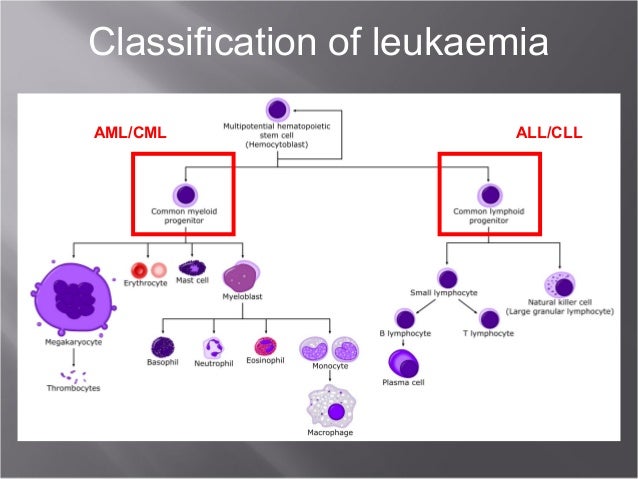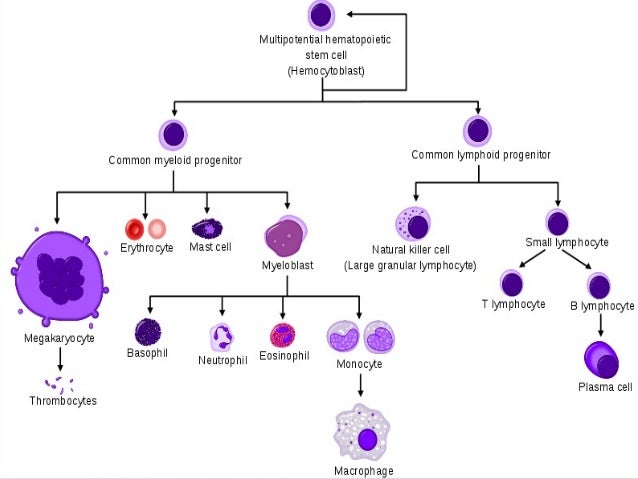Types Of Haematological Malignancies
There are three main types of hematological malignancies which are leukemia. Refractory anemia with excess blasts type 1 Refractory anemia with excess blasts type 2 MDS with isolated del 5q MDS unclassifiable Chronic myelomonocytic leukemia Atypical chronic myeloid leukemia Juvenile myelomonocytic leukemia Myeloproliferativemyelodysplatic syndromesunclassifiable Acute myeloid leukemia AML and related neoplasms.
 An Introduction To Haematological Malignancies
An Introduction To Haematological Malignancies
Robert is a 12-year-old who has recently started feeling quite sick suffering from constant.

Types of haematological malignancies. Genomic analysis has greatly influenced the diagnosis and clinical management of patients affected by diverse forms of hematologic malignancies. Lymphoma is a type of blood cancer that affects the lymphatic system which removes excess fluids from. Hematologic diseases include rare genetic disorders anemia HIV sickle cell disease complications from chemotherapy or transfusions.
Types of Hematological Malignancies. There are six consultant haematologists who provide care for patients with general and malignant haematological disorders including leukaemia lymphoma and myeloma. There are three main types of blood cancers.
Viruses Viral infection is associated with several types of haemopoietic malignancy especially different subtypes of lymphoma see Table 202. These are a more specific type of hematological malignancy that deal exclusively with the myeloid lineage and chronic diseases. Descriptive data age sex and deprivation sex-specific age-standardised European population rates and estimated UK frequencies are presented for 24 sub-types.
Lymphoid neoplasms are a very varied group and the common subgroups are. Blood cancers fall into three categories. Types Causes Blood and Lymph Cancer.
Acute lymphocytic leukemia ALL is the most common type of leukemia in children mainly affecting those under age 10. Myeloid neoplasms are represented mainly by MPN MDS and AML 5. Each of the haematology consultants has had training in all areas of stem cell transplantation but also have areas of special interest as follows.
NHL HL MM WM ALL and CLL. These neoplasms like leukemias originate in the bone marrow and can eventually release cells into the blood. Adults sometimes develop ALL but it is rare in people older than 50.
HEE-muh-tuh-LAH-jik KAN-ser Cancer that begins in blood-forming tissue such as the bone marrow or in the cells of the immune system. They are traditionally categorised by site according to whether cancer is first detected in the blood leukaemias lymph nodes lymphomas - Hodgkin and non-Hodgkin or bone myelomas. Leukemia a type of cancer found in your blood and bone marrow is caused by the rapid production of abnormal white blood cells.
The high number of. Lymphoblastic or lymphocytic a malignancy in the lymphoid lineage that includes white blood cells such as T lymphocytes and B lymphocytes. The two main types of acute leukemia involve different types of blood cells.
243 although most people infected with this virus do not develop the tumour. According to the most recent data HM are estimated to represent about 65 of all cancers worldwide in 2012 12. Examples of hematologic cancer are leukemia lymphoma and multiple myeloma.
Also called blood cancer. Leukemia lymphoma and myeloma. Hematologic malignancies are cancers that begin in these cells and are subdivided according to which type of blood cell is affected.
Most often leukemia is diagnosed in adults over the age of 55 but it is also a commonly seen in children under the age of 15. Here we review how genetic alterations define subclasses of patients with acute leukemias myelodysplastic syndromes MDS myeloproliferative neoplasms MPNs non-Hodgkin lymphomas and classical Hodgkin lymphoma. The retrovirus human T-lymphotropic virus type 1 is the cause of adult T-cell leukaemialymphoma see p.
Leukemias are blood cell cancers. Lymphoid or lymphoblastic hematological malignancies affect children and adults and include. Myelodysplastic and myeloproliferative syndromes.
A total of 10729 haematological malignancies myeloid2706 lymphoid8023 were diagnosed over the 5 years that is from 2004 to 2009. Types of haematological malignancies. Among haematological malignancies PD-1PD-L1 inhibitors have been successful so far only in the treatment of classical Hodgkin lymphoma which typically exhibits an over-expression of PD-1 ligands PD-L1 PD-L2 due to alterations in chromosome 9p241.
Historically hematological malignancies have been most commonly divided by whether the malignancy is mainly located in the blood leukemia or in lymph nodeslymphomas. Haematological malignancies blood cancers are the fifth most common cancer group in economically developed regions of the world. Acute lymphoblastic leukemia - quickly progressing cancer that produces too many T and B lymphocytes.
However the influential WHO Classification published in 2001 and updated in 2008 and 2016 places a greater emphasis on cell lineage. Some leukemias are fast growing while others develop slowly.
 Introduction To Hematological Malignancies A D A M Ondemand
Introduction To Hematological Malignancies A D A M Ondemand
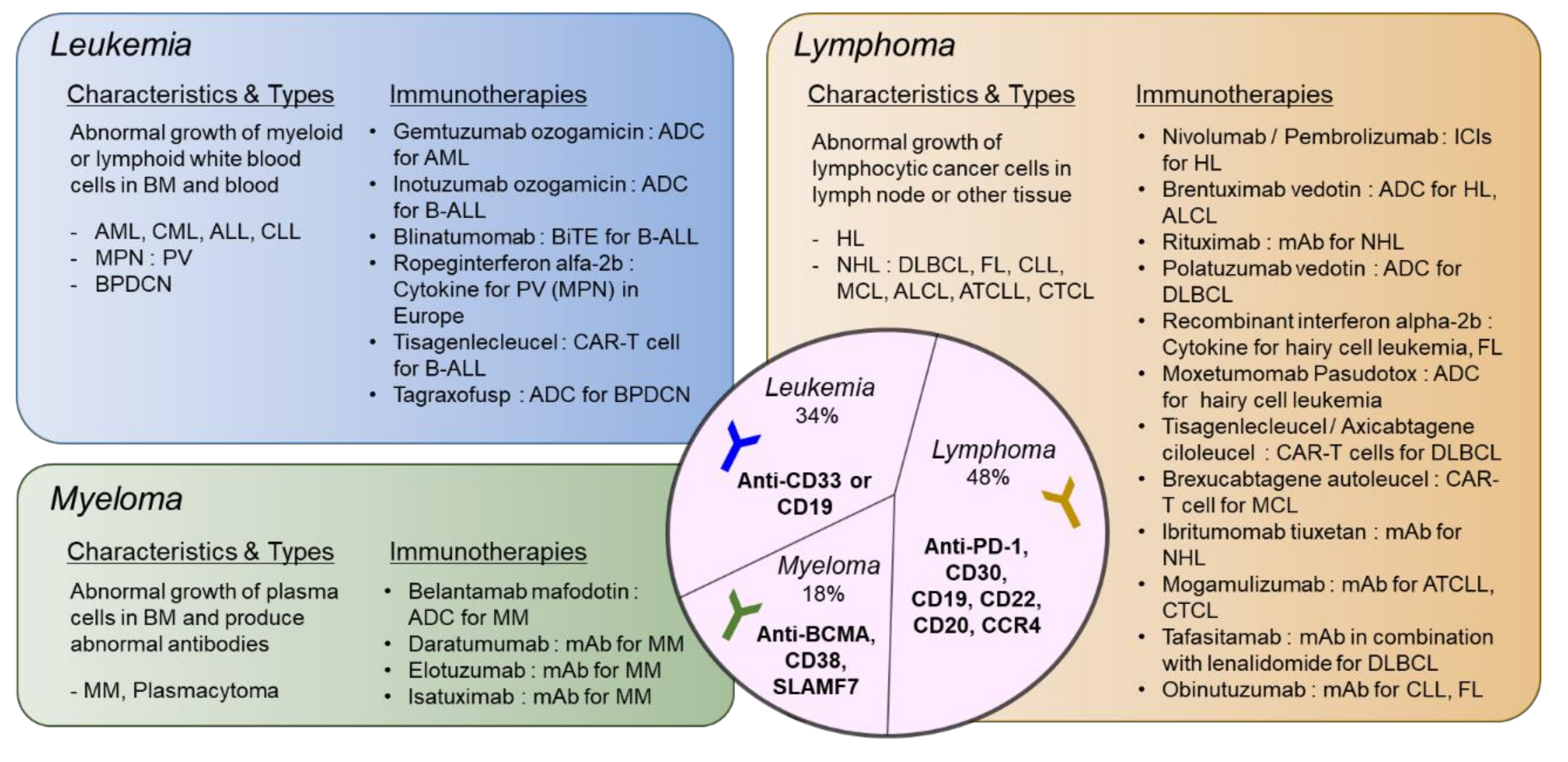 Ijms Free Full Text Immunotherapy In Hematologic Malignancies Emerging Therapies And Novel Approaches Html
Ijms Free Full Text Immunotherapy In Hematologic Malignancies Emerging Therapies And Novel Approaches Html
 Flow Chart Of The Study And Type Of Hematological Malignancies Download Scientific Diagram
Flow Chart Of The Study And Type Of Hematological Malignancies Download Scientific Diagram
 Hematological Malignancies Leukemias And Lymphomas Springerlink
Hematological Malignancies Leukemias And Lymphomas Springerlink
 Table 1 From Epigenetics In The Hematologic Malignancies Semantic Scholar
Table 1 From Epigenetics In The Hematologic Malignancies Semantic Scholar
 Conceptual Classification Of Hematologic Neoplasms Based On Data From Download Scient Acute Myeloid Leukemia Myeloproliferative Essential Thrombocythemia
Conceptual Classification Of Hematologic Neoplasms Based On Data From Download Scient Acute Myeloid Leukemia Myeloproliferative Essential Thrombocythemia
 Flow Chart Of The Study And Type Of Hematological Malignancies Download Scientific Diagram
Flow Chart Of The Study And Type Of Hematological Malignancies Download Scientific Diagram
 Hematological Malignancies Types Causes Study Com
Hematological Malignancies Types Causes Study Com
A Guide To Hematological Malignancies Cancers Stepwards
 An Introduction To Haematological Malignancies
An Introduction To Haematological Malignancies
 A Higher Prevalence Of Hematologic Malignancies In Patients With Thalassemia Background And Culprits Halawi 2017 American Journal Of Hematology Wiley Online Library
A Higher Prevalence Of Hematologic Malignancies In Patients With Thalassemia Background And Culprits Halawi 2017 American Journal Of Hematology Wiley Online Library
 Hematological Malignancies Types Causes Study Com
Hematological Malignancies Types Causes Study Com
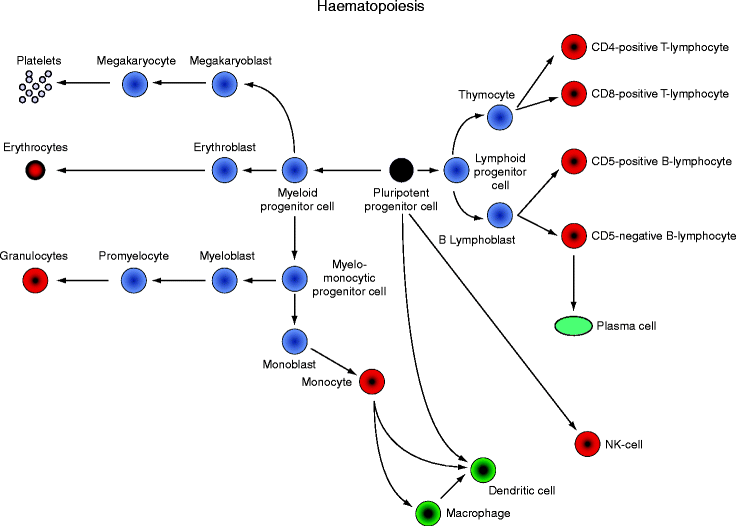 Hematological Malignancies Leukemias And Lymphomas Springerlink
Hematological Malignancies Leukemias And Lymphomas Springerlink
 Understanding Common Hematological Malignancies A D A M Ondemand
Understanding Common Hematological Malignancies A D A M Ondemand
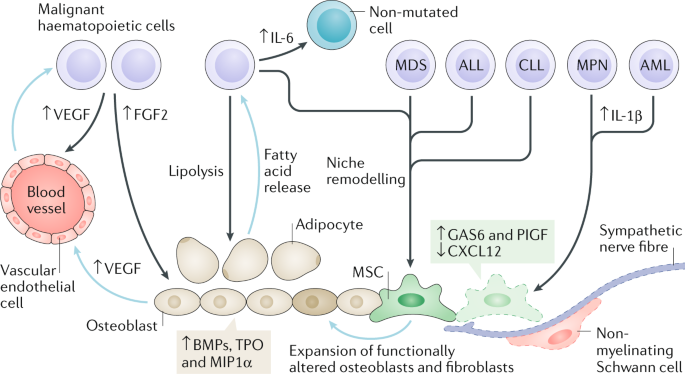 Bone Marrow Niches In Haematological Malignancies Nature Reviews Cancer
Bone Marrow Niches In Haematological Malignancies Nature Reviews Cancer
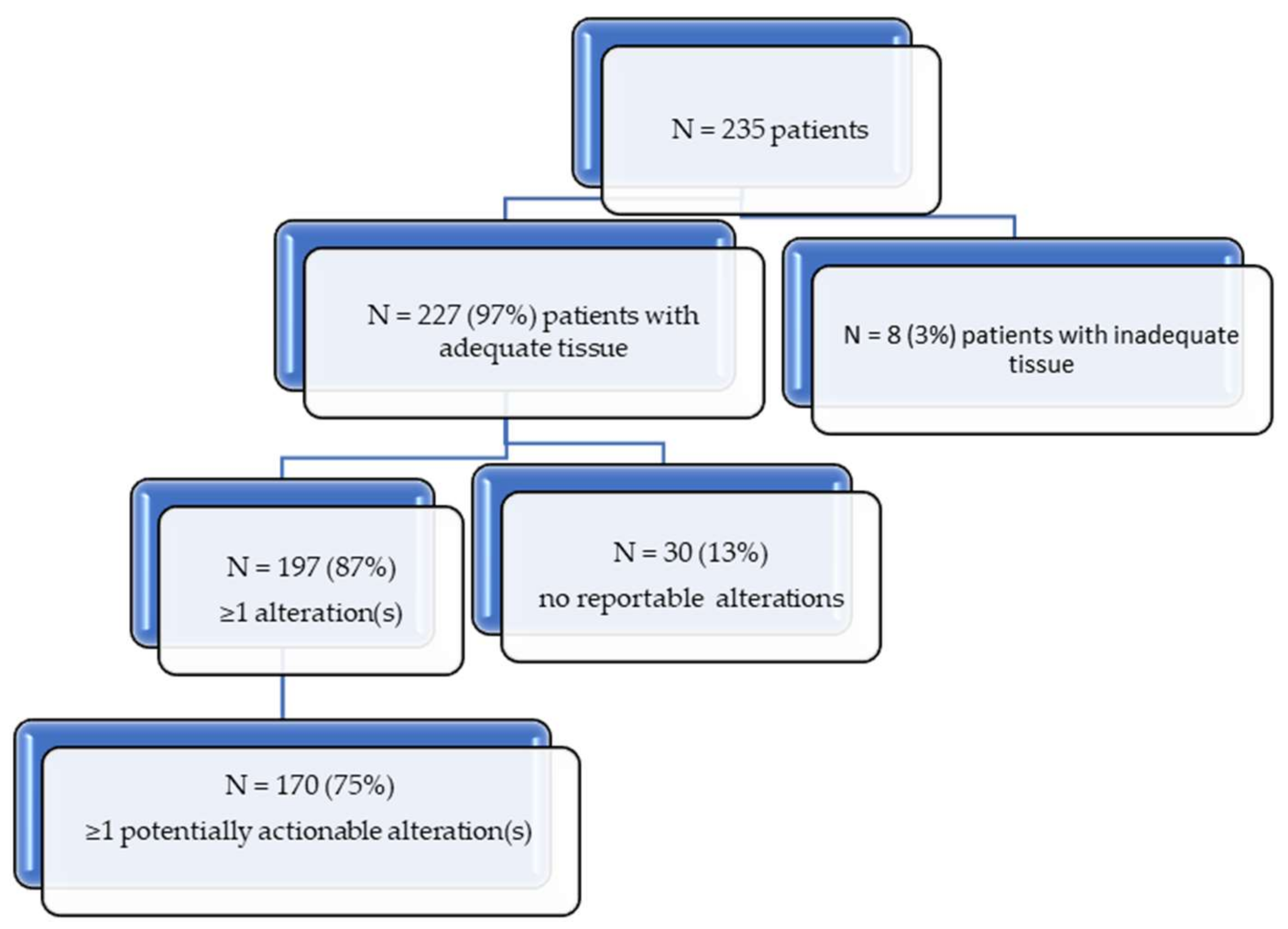 Cancers Free Full Text Comprehensive Genomic Profiling Reveals Diverse But Actionable Molecular Portfolios Across Hematologic Malignancies Implications For Next Generation Clinical Trials Html
Cancers Free Full Text Comprehensive Genomic Profiling Reveals Diverse But Actionable Molecular Portfolios Across Hematologic Malignancies Implications For Next Generation Clinical Trials Html
